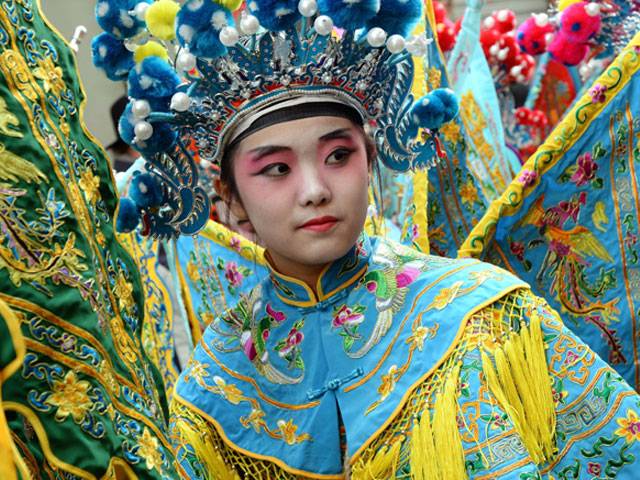

From then on Mao regarded him as a reliable and loyal follower, and in 1938 sent him to act as the political officer looking after a potentially unreliable army group in the War of Resistance to Japan. That experience placed Deng at the centre of the second generation of revolutionaries who came to power after the establishment of the PRC in 1949. In that year political conflict within the CCP led to criticism of Mao’s position on revolution, which Deng supported, leading to his criticism and imprisonment. In particular his close association with Mao Zedong was to prove crucial after 1933. Recruited when a worker-student in France in the 1920s his career and personal life were subsequently largely determined by the CCP. It was his various roles in the development of the CCP and the revolution that gave him the legitimacy and authority that finally led to the changes of December 1978. Within a month the Gang of Four were removed from office.ĭeng Xiaoping was not only central to the events of the 1970s, where he became the main proponent of those seeking a priority to economic modernisation, but had been central to the leadership of the CCP increasingly after the 1940s. Mao Zedong was the ultimate authority that kept the lid on the tensions, but the various checks and balances within the leadership of the CCP began to drift out of equilibrium in 1976 with the death of three of the CCP’s senior leaders: Zhou Enlai, the long-term Premier of the PRC died in January Zhu De, the founder of the Red Army in 1928 and later Commander in Chief of the People’s Liberation Army, in July and finally Mao Zedong himself in September. Mao Zedong’s wife, Jiang Qing, and the other three members of the now infamous Gang of Four were the leading and most prominent examples of the former Deng Xiaoping the most prominent of the ‘rehabilitated’ former leaders. As that trend of return intensified there was considerable tension between those whose high leadership status had emerged from the Cultural Revolution and those who had been its earlier victims. Some of those came back into political office after Mao Zedong’s chosen successor at that time, Lin Biao, died in a mysterious plane crash over Mongolia in 1971. The Cultural Revolution had removed much of the CCP’s long-term leadership during 1966-69. The intensity of policy debates was masked to some extent as initiatives were presented as resulting from a leadership united behind Mao Zedong. By the 1970s, alternative policy positions were emerging that focussed on technical rather than human transformation, the need for capital investment in science and technology, and a more differentiated approach to China’s regional development.

Mao Zedong’s solution to the problems the PRC faced were first implemented in the Great Leap Forward (1958-61) and then during the Cultural Revolution (1966-76) and centred on rapid social and economic change, driven by mass mobilisation campaigns, in a framework of regional self-sufficiency. The policy disagreements echoed ideas that had been under discussion since the mid-1950s when the CCP had realised that the Soviet Model of development it had initially adopted when it came to power in 1949 was not suitable for China’s socio-economic conditions. At its heart were both policy debates and personal politics. The December 1978 meeting was the culmination of a contest about China’s development that had shaped China’s politics during most of the 1970s.
#Chinese lunar year yoy yoydeng china series#
The start of that process of China’s take-off into world-integrated and world-impacting growth was a series of Central Work Conferences that culminated in the formal decision to change the PRC’s economic development strategy at the 3rd Plenum of the 11th Central Committee of the CCP that met 18-22 December 1978. If the latter seems an exaggeration, consider the extent to which globalisation in the last four decades has not only changed the way we live, but also the extent to which that globalisation has centred on China and the growth and development of its economy. This signalled not only a major change in the development of the People’s Republic of China but also eventually a major change for the political economy of the world.

Forty years ago this December a meeting of the Chinese Communist Party’s Central Committee called for ‘Reform and Openness’.


 0 kommentar(er)
0 kommentar(er)
